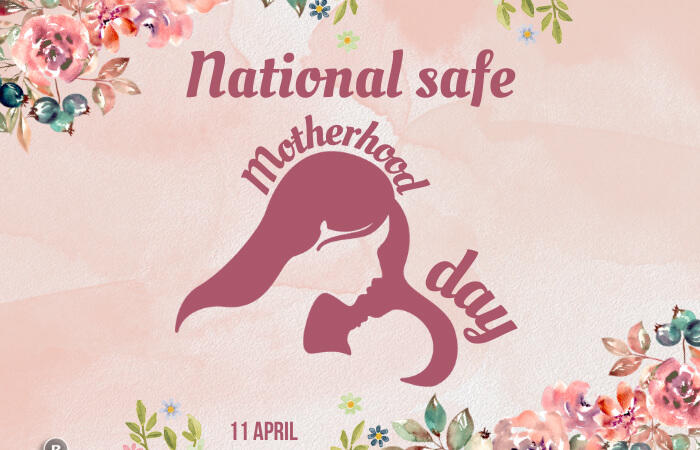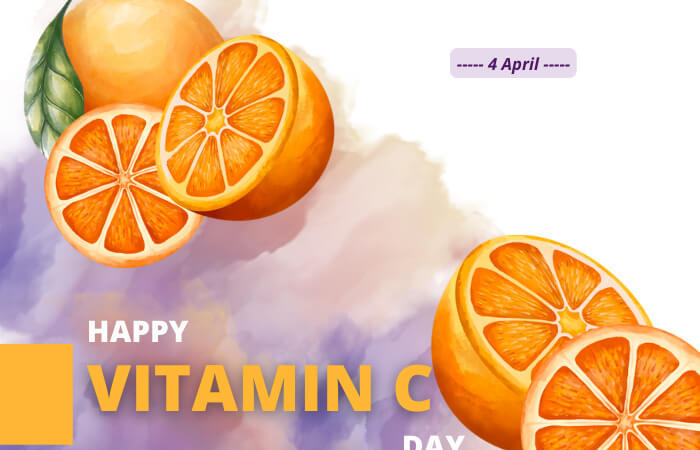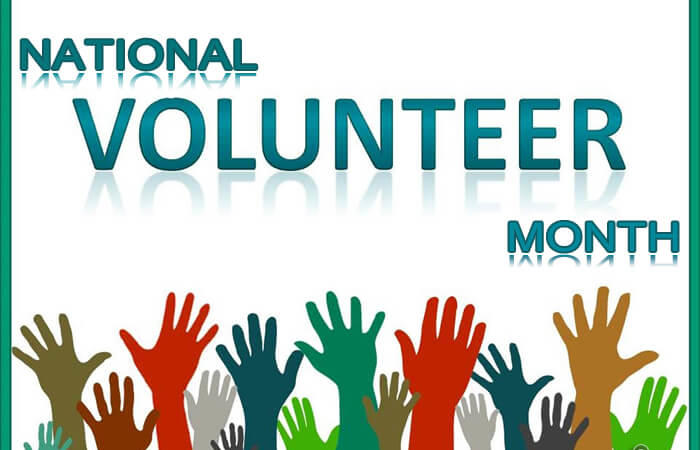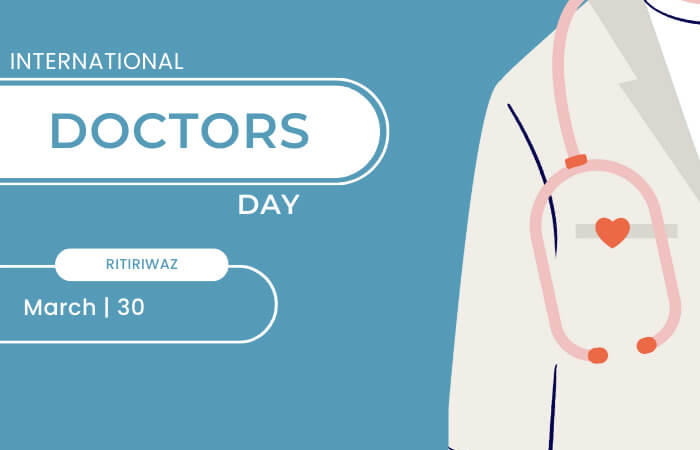World Pneumonia Day – 12 November
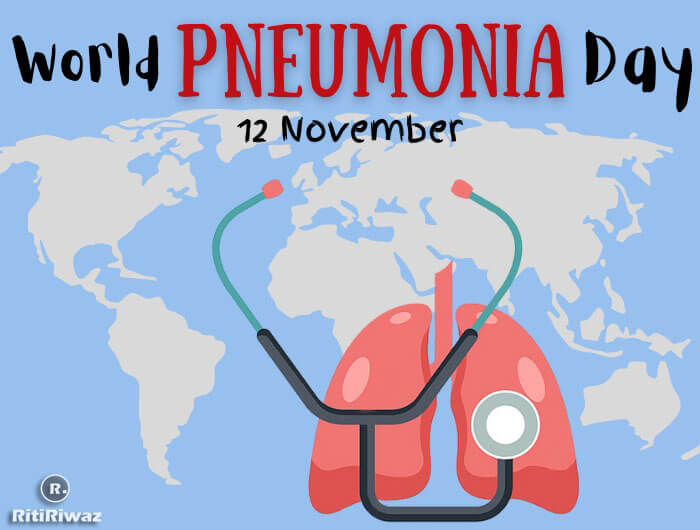
World Pneumonia Day is observed on 12 November every year to raise awareness about the disease, promote interventions to protect against, prevent and treat pneumonia, and generate action to continue fighting the disease.
The day was established by more than 100 organizations working towards the interest of children as the Global Coalition against Child Pneumonia to observe the first World Pneumonia Day on 2 November 2009 to raise awareness about the toll of pneumonia.
The theme for World Pneumonia Day 2021 was Every breath counts. Stop pneumonia now.
Pneumonia is preventable and treatable, yet causes 2.8 million deaths a year and remains the main cause of death in children under 5 years outside the neonatal period and a relevant cause of death in the elderly. Most deaths occur in low and middle-income countries. Pneumonia is also a major cause of hospitalization, health care use, and of absenteeism from work. Pneumonia early in a child’s life can also lead to chronic lung disease in children and adults.
Pneumonia is commonly caused by bacteria or viruses, often existing together. Streptococcus pneumonia is the most common cause of bacterial pneumonia in children, and Haemophilus Influenzae type b (Hib) is the second most common cause of bacterial pneumonia. The respiratory syncytial virus is the most common viral cause of pneumonia. Air sacs in an infected individual’s lungs (alveoli) become inflamed due to deposits of fluid and pus, making it painful and difficult for them to breathe.
What are the symptoms of infection?
Symptoms include high fever and chills, cough with phlegm, physical weakness and a feeling of being unwell, shortness of breath and rapid breathing, and a racing pulse.
How can it be prevented and treated?
Preventive measures include maintaining hygiene and getting vaccinations against certain pneumonia-causing bacteria. Vaccination is highly effective for preventing some of these infections. Vaccines against whooping cough (pertussis), measles, and diphtheria, given in the childhood immunization schedule, and the influenza vaccine given to those who are predisposed to severe pneumonia and to the elderly is important to prevent pneumonia.
New, effective vaccines are available against common bacteria causing pneumonia such as H Influenzae b and pneumococcus but there are several areas of the world where these vaccines are unavailable. Vaccination of children to protect against pneumococcus is also a very effective way to prevent pneumonia in adults, as children frequently spread the infection to adults.
The greatest risk factors for developing pneumonia are undernutrition, air pollution, and smoking. Reducing exposure to risk factors and higher coverage of pneumococcal vaccines can reduce the number of deaths from pneumonia.
The objective of World Pneumonia Day is to:
-
Raise awareness about pneumonia, the world’s leading killer of children under the age of five.
-
Promote interventions to protect against, prevent, and treat pneumonia for all people worldwide.
-
Generate action, including continued investment and research to combat pneumonia.
There are effective ways to protect, prevent and treat pneumonia including:
-
Protect children from pneumonia by exclusive breastfeeding and by providing good nutrition and adequate complementary feeding.
-
Prevent pneumonia using vaccinations, preventing HIV and treating HIV-infected people with antiretroviral therapy; using cotrimoxazole prophylaxis for HIV-infected and exposed children; reducing household air pollution; and smoking especially during pregnancy and at home.
-
Treat pneumonia by ensuring access to appropriate care and availability of antibiotics, early identification of hypoxemia with pulse oximeters, and providing supplementary oxygen if needed.
Every child, regardless of where they are born, deserves access to clean air and water, lifesaving vaccines, appropriate use of antibiotics, and oxygen therapy to protect, prevent and treat pneumonia.
Pneumonia awareness color
Blue is the pneumonia awareness color. The color blue represents medicine, air, and health. More than 216 iconic landmarks in 47 countries across the globe will light up blue to mark World Pneumonia Day. The event will shine a blue spotlight on this neglected yet leading killer of children.
Suggested Read: Important Days In November



